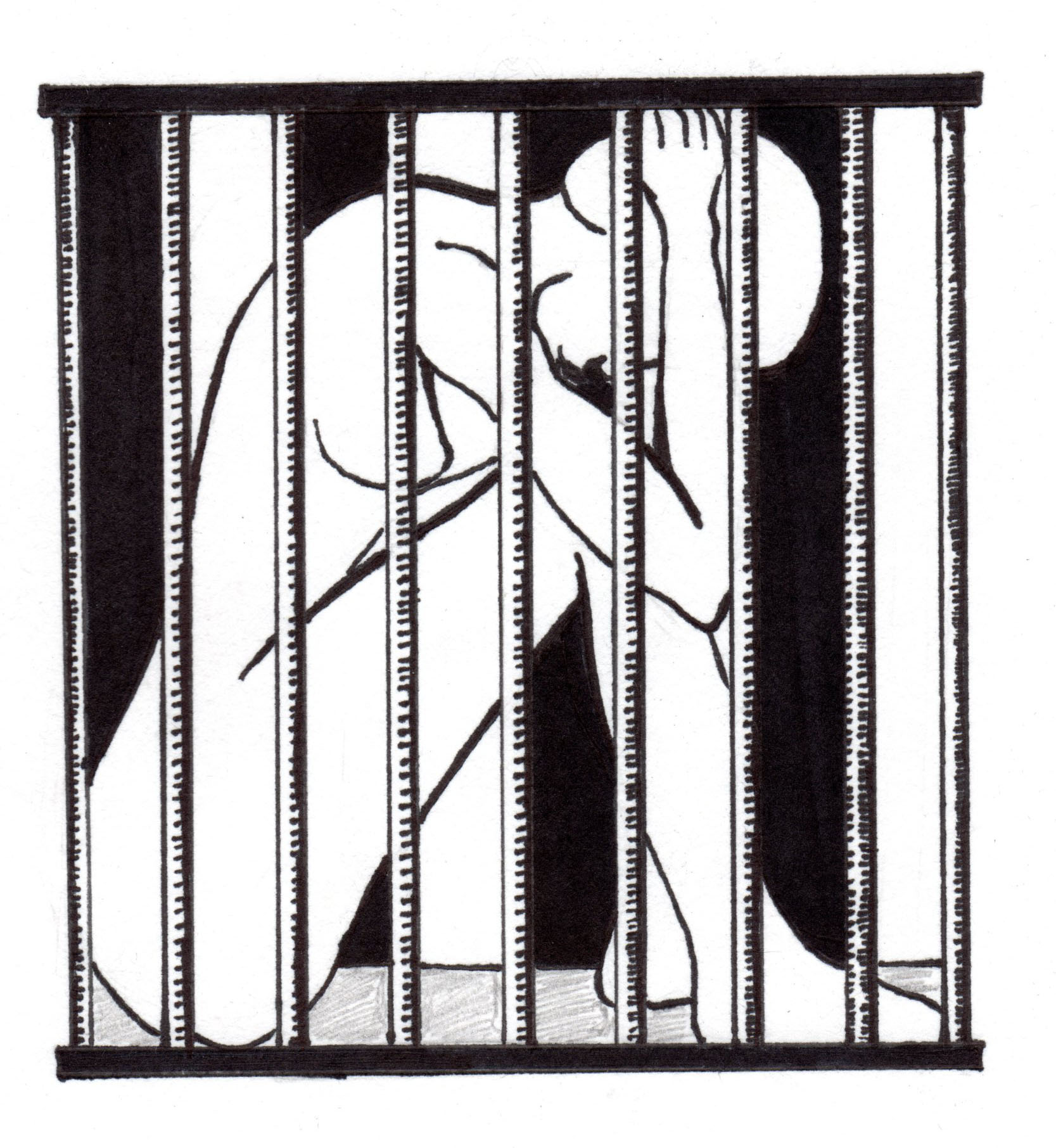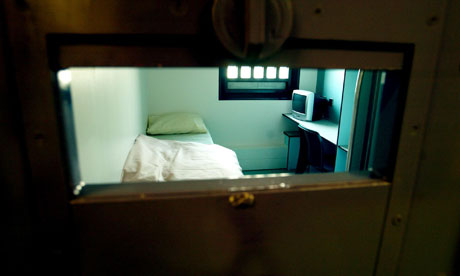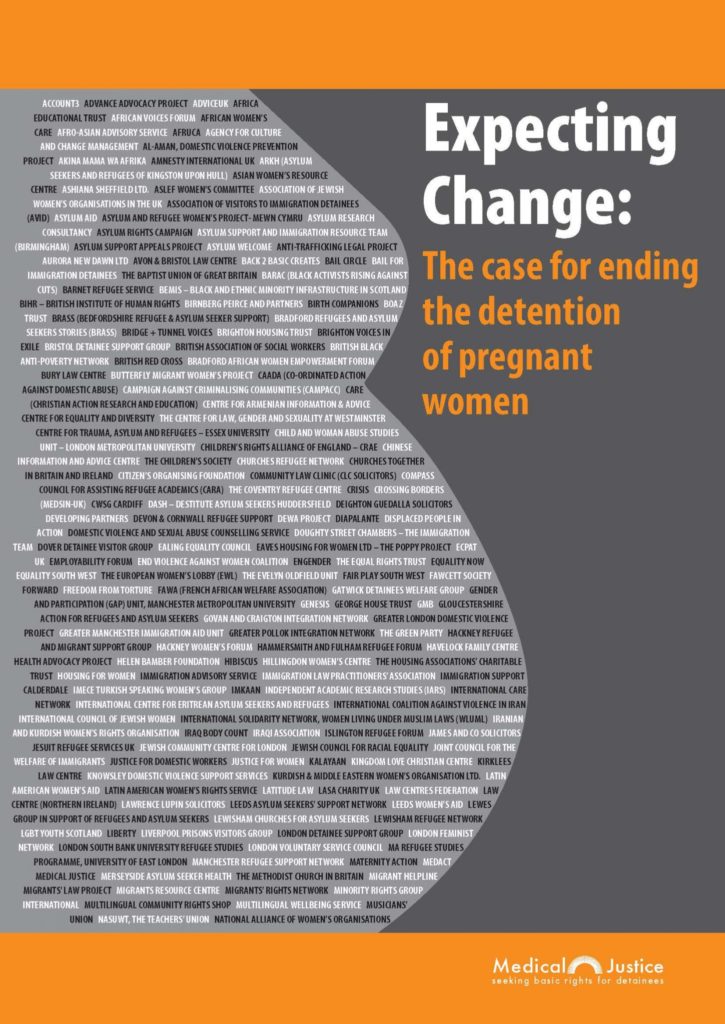
Juana Villegas
Which is worse, the use of chains and shackles to confine the most vulnerable in times of crisis or the fact that the usage has become routine? Ask pregnant women prisoners across the United States. Ask terminally ill, hospitalized, disabled and even dead prisoners in the United Kingdom.
Last month the Nevada Prison Board voted to stop shackling and otherwise `restraining’ women prisoners in labor, in delivery, and in post-delivery recuperation. This decision resulted from a lawsuit brought by Valorie Nabors, with the ACLU. Nabors had been an inmate at the Florence McClure Women’s Correctional Center. She went into labor and was placed in leg shackles in the ambulance. Ten minutes after giving birth to a daughter, Nabors was again placed in shackles. Valorie Nabors and her attorneys argued, apparently convincingly, that she suffered injury when doing doctor prescribed rehabilitative exercises while shackled.
Juana Villegas has lived a related story. In 2008, nine months pregnant, Mexican, undocumented, Villegas was picked up in a traffic stop in suburban Nashville. Under `an arrangement’ between Davidson County and Federal authorities, Villegas was detained for six days. Villegas went into labor, was taken to the hospital, where she was chained to a bed, during labor and during recovery. She has since sued for damages and recently won, not only financial compensation but also, possibly, a resident visa.
Meanwhile, in the United Kingdom, prisoners literally at death’s door, prisoners living with paralyzing and debilitating disabilities, are shackled, not only when taken to hospital but also during their stay. Michael Tyrrell, dying from cancer and too weak to move; Kyal Gaffney, diagnosed with leukemia, unconscious due to a brain hemorrhage; Daniel Roque Hall, 30, in intensive care, wasting away, and barely able to use arms or legs: these are typical of the `security risks’ that required not only chains and shackles but three prison guards … each.
And then there’s `Lucy’. In 2007, Lucy was transported to hospital for a recurring and serious gynecological problem. Although Lucy had no history of violence and had actually just returned from a daylong release on license, she was handcuffed to a male and a female officer en route to the hospital and while at the hospital. During the interview with the doctor, Lucy was handcuffed to both officers. When the doctor said he would be doing an internal examination, the male prison guard said he would have to remain in the examination room. At last, the doctor convinced the male officer to handcuff Lucy to the examining table and wait outside. Throughout the entire internal examination, the female officer remained handcuffed to Lucy.
That the global prison has produced a boom niche market in chains and shackles is horrible enough. Worse is that the shackling has become routine. Prison guards routinely shackle women in childbirth and women and men on deathbeds, and then go home to their families and communities. Medical professionals routinely tend to shackled women in childbirth and shackled women and men on their deathbeds, and then go home to their families and communities. It’s all in a day’s work.
(Photo Credit: The New York Times / Mark Humphrey / Associated Press)








